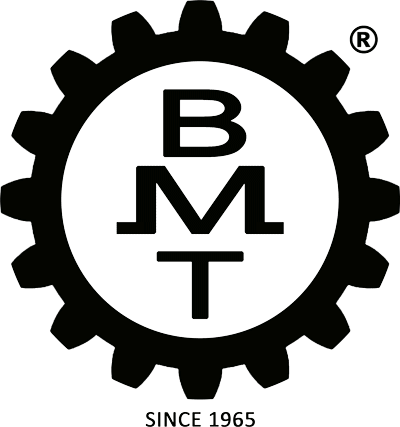The Metal Can Industry has undergone a remarkable transformation, progressing from producing a few cans a day to thousands per minute in the present day. Over a span of 200 years, cans have evolved to meet the escalating demand for quality packaged goods.
Renowned for their rigidity and near-unbreakable nature, cans provide optimal protection for a diverse range of contents, including foods, beverages, paints, chemicals, and fertilizers.
In India, the Can Making Industry has assumed significant economic roles, impacting millions of livelihoods directly or indirectly. Cans are predominantly utilized for chemicals, paints, and fertilizers in India, while the Food Processing Industry is anticipated to witness substantial growth, potentially becoming the largest globally.
With the environmental consciousness on the rise, the Can’s recyclable nature positions it as a sustainable alternative to plastics. This shift has prompted consumers to embrace canned products, fostering the growth of the recycling industry. Aluminum Can recycling has emerged as a Billion Dollar industry globally, standing as a testament to its success as one of the world’s most impactful environmental enterprises.
Can Chronology
| 1795 |
Napoleon offers 12000 Francs to anyone who can devise a way to preserve food for his Army. |
| 1809 | A confectioner, Nicholas Appert has the idea of packing food in bottles, like wine. After many years of research devises a method of preserving food by sterilization and receives the 12000 Franc award from the French Government. |
| 1810 | King George III grants Peter Durand a patent for preserving food in glass, pottery tin or metal containers. |
| 1812 | English immigrant Thomas Kensett sets up a small plant in New York to Can oysters, meats, fruit and vegetables in hermetically sealed containers. |
| 1825 | The first Tin-Plated Can is patented in America by Kensett. |
| 1847 | Allen Taylor gets a patent for a machine-stamped tin can with extension edges. |
| 1849 | Henry Evans is granted a patent for the pendulum press which is capable of making a Can End in single operation. Production increases from a few Cans to about 50 cans per hour. |
| 1866 | E.M. Lang is granted a patent for Sealing Tins by casting or dropping solder on Can Ends. |
| 1875 | Arthur A. Libby and William J. Wilson develop the tapered Can for Corned Beef in Chicago. |
| 1876 | The Hume “floater” is introduced to “Float” Solder onto the ends of Cans. |
| 1877 | The simplified “Side Seamer” for Cans appeared. |
| 1880 | Semi-Automatic Can Making machinery is first introduced. |
| 1898 | The Sanitary Can is perfected by the George W. Cobb Preserving Company. |
| 1957 | Aluminum is introduced in metal can making. |
| 1960 | Easy-Open Cans are introduced. |
| 1965 | For the first time, Tin-free steel cans are developed |
| 1965 | Bubber Machine Tools is founded in Amritsar, India |
“At BMT™ we manufacture machines for Can Making, specializing in Seaming machines for Cans, Drums, Filters (Automotive, Hydraulic & Industrial), Mufflers, Electrical Capacitors, etc.”


